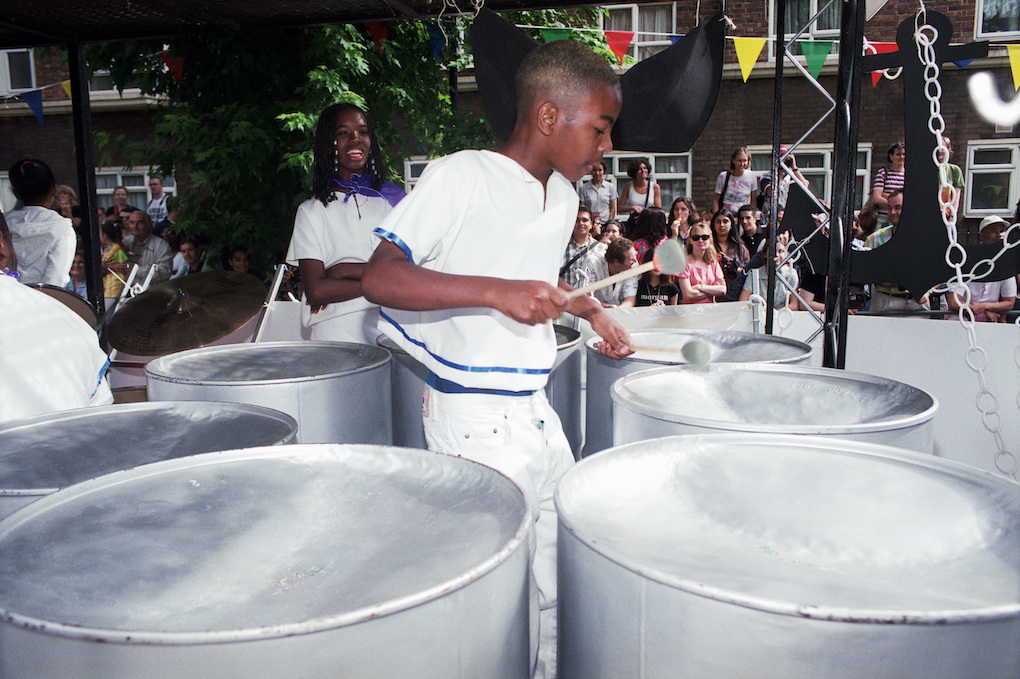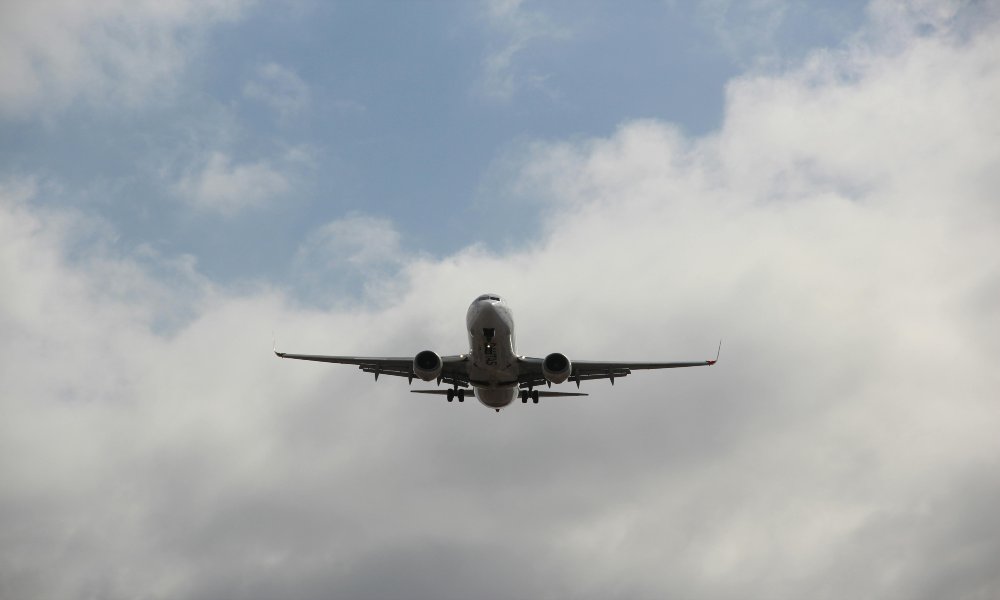Steel pan music is the soul of Trinidad and Tobago’s cultural identity. Also known as the Trinidadian music ensemble, it evolved out of earlier musical practices of Trinidad’s African descendants, and is considered as the only instrument ‘invented’ in the 20th century.
Steel pan music is mainly composed of steel idiophones—called pans or steel pans—made from the bottoms of 55-gallon oil barrels. The barrel bottoms are hammered inward, different areas being shaped to yield distinct pitches.
Each steel piece creates a different note, subtly different from the ones around it, according to their position and size.
During Trinidad’s carnival, many steel pan music groups celebrate the festival, playing Calypso and other traditional songs. One of the most exciting moments of Trinidad and Tobago’s Carnival is the Panorama competition. It consists of a musical contest to select the country’s best steel orchestras against one another as they perform with their national instrument.
However this year the COVID-19 pandemic has pulled the plug on the “Greatest Show on Earth.” Trinidad’s government has not yet confirmed if the country will organize the event in 2022.
But, for those who want to learn or enjoy Trinidad’s steel pan music, there are plenty of videos on the internet with many bands perfoming this unique type of music.
Just like many countries in the Caribbean, Trinidad was a destination for enslaved Africans in the 17th and 18th centuries, brought there to work as the island labor force. The new inhabitants brought with them culture and tradition, such as drumming, which was used as a form of communication on their home continent.
This cultural aspect was outlawed by the British colonial government in 1883, when drumming was banned. Thus, Black Trinidandians began to search for another form of music expression.
The first instruments developed in the evolution of the steel pan were Tamboo Bamboo, tunable sticks made of bamboo wood. These were hit onto the ground with other sticks in order to produce sound. Tamboo Bamboo bands also included percussion using biscuit tins, oil drums, and bottle-and-spoon.
But in the 1930s, Trinidad’s musical instrument started to become what it is today. Metal objects— including car parts, paint pots, dustbins, oil drums and biscuit tins— were originally used as percussion instruments. At some point, they began to be tuned.
“It was a slow process, everyone got together and created the steel pan by using pots and pans and testing them out,” Sterling Betancourt, a Trinidadian panman who now lives in London, told BBC. “The sound and the notes came, but it wasn’t like we thought about it.”
Betancourt, 82, grew up in Laventille, a poor suburb just outside Port of Spain, said by many to be the birthplace of the steel pan.
In 1992 the steel pan became the national instrument of Trinidad and Tobago, acknowledging the progress made at home and abroad. In Trinidad, the steel band is seen as much more than just entertainment for a Caribbean Carnival party. It is an experimental ensemble working to create new instruments developed by Black people from the African diaspora.





